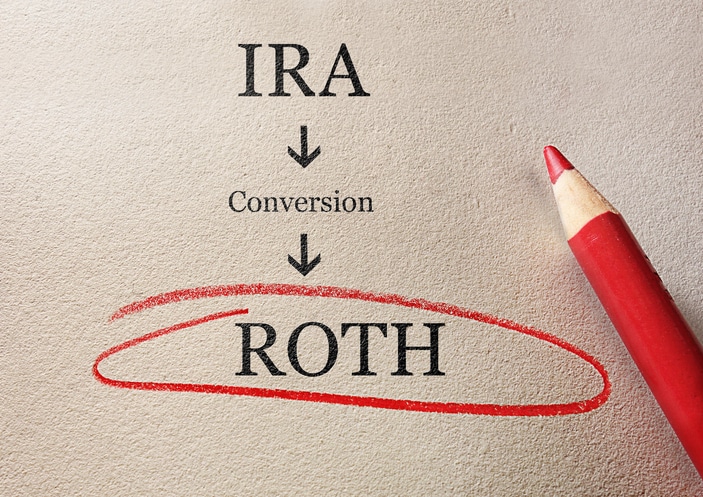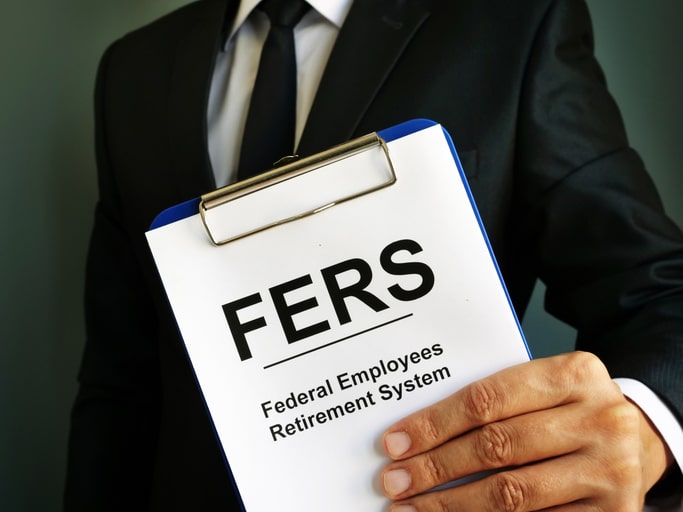What If We Retired Into The Great Depression?
DISCLAIMER: This case study is based on a real client scenario encountered in our practice. All names, figures, and identifying details have been changed to protect client confidentiality. The results shown are specific to this hypothetical situation and should not be considered a guarantee of future performance or outcomes. Past performance, including historical market scenarios, does not guarantee future results. Individual results will vary based on personal circumstances, market conditions, and specific plan details.
THE CLIENTS
Robert and Susan Thompson came to me for retirement income planning. Robert, 64, was ready to leave his career, and Susan, 62, had already retired from teaching. They had saved diligently for 40 years and had accumulated over $1 million in retirement savings.
They wanted to retire—but something was holding them back.
THE PLANNING PROCESS
After analyzing their complete financial situation, I presented their Income Lab retirement plan:
Monthly Income: $7,410 (approximately $89,000 annually)
- Plus an additional $10,000 annually budgeted for travel over the next 20 years
- All from portfolio withdrawals initially, with Social Security optimized to start at strategic dates later
The Guardrails Framework: I explained how the guardrails would work as their financial GPS:
- Lower guardrail: If their portfolio fell to $879,000, they’d temporarily reduce income by $380/month (about 5%)
- Upper guardrail: If their portfolio grew to $1,260,000, they could increase income by $370/month
Ongoing Support:
- Social Security optimization to maximize their lifetime benefits
- Annual tax planning to minimize their tax burden throughout retirement
- Regular monitoring with adjustments as needed
Robert and Susan loved the plan. The numbers worked. The income would support their lifestyle. Everything made sense.
But then Robert hesitated.
THE MOMENT OF TRUTH
“We really want to do this,” Robert said, “but a recession is coming. What if we retire and lose everything—like people did in the Great Depression?”
This wasn’t a minor concern. This was the fear that had been lurking beneath the surface all along. No amount of probability statistics or assurances about “staying the course” was going to address it.
So I opened Income Lab’s Retirement Stress Test right there in the meeting and overlaid their exact plan onto the Great Depression, starting in April 1929—right before the crash.
THE REVELATION
As the visualization loaded on the screen, we watched their retirement plan play out through history’s worst economic disaster.
What the stress test showed them:
- Income stayed remarkably stable – Despite the market collapse, their monthly income would have remained around $7,400-$8,000 throughout the entire Depression era, staying comfortably within the guardrails.
- Yes, the portfolio dropped dramatically – From around $1.2 million to approximately $500,000 at the worst point in the early 1930s. Susan gasped when she saw this.
- But they never ran out of money – Even at the absolute bottom, the portfolio remained viable. The guardrails worked exactly as designed.
- Income adjustments were minimal – The required spending reduction? About $380 per month—roughly 5%. Not devastation. Not “losing everything.” A manageable adjustment while maintaining their core lifestyle.
- The full story included recovery – The chart showed not just the crash, but the entire journey through the Depression and into the recovery years.
Robert stared at the screen. “So even if we retired the day before the Great Depression… we wouldn’t have run out of money?”
“That’s exactly right,” I confirmed. “And look at the income line—it stays stable throughout.”
Susan leaned forward. “And that little adjustment—the $380—that would be the guardrail telling us to tap the brakes?”
“Exactly. Not panic. Not drastic cuts. Just a predetermined, manageable adjustment until conditions improved.”
THE DECISION
The room was quiet for a moment as they absorbed what they’d just seen.
Then Robert looked at Susan. She nodded.
“Let’s do it,” Robert said. “Let’s retire. If our plan could survive that, I’m not worried about whatever recession people are predicting now.”
(For context: The recession Robert feared never materialized. But that’s precisely the point—we can’t time the market or predict the future. What we can do is build a plan resilient enough to handle whatever comes.)
They signed their retirement paperwork that day.
THE OUTCOME
Robert and Susan are now enjoying their retirement. They travel regularly, spend time with their grandchildren, and don’t lose sleep over market headlines. When volatility hits the news, they remember their plan survived the Great Depression.
In Susan’s words: “We were ready to delay retirement another few years because of fear. Seeing our actual plan overlay on the Depression—that changed everything. We realized we were making decisions based on anxiety, not reality.”
THE INCOME LAB DIFFERENCE
This is what sets Income Lab apart: the ability to address emotional concerns with concrete, historical evidence in real-time.
Traditional planning might have shown the Thompsons an 85% probability of success—but that abstract number wouldn’t have answered Robert’s real question: “What happens if the worst occurs?”
Income Lab answered it—in that meeting, on that screen, with their actual numbers.
Key Features That Made This Possible:
- Historical Stress Testing: Overlay plans on iconic market periods (Great Depression, 2008 Financial Crisis, Dot-Com Bubble, 1970s Stagflation)
- Guardrails Framework: Clear, specific dollar amounts that trigger adjustments—not abstract statistics
- Complete Story: Shows not just the crash, but the entire recovery period
- Real-Time Analysis: Address concerns and objections in the moment with concrete evidence
- Social Security Optimization: Strategic timing to maximize lifetime benefits
- Ongoing Tax Planning: Minimize tax burden throughout retirement
ARE YOU READY TO RETIRE WITH CONFIDENCE?
Are you delaying retirement because you’re worried about market crashes, economic downturns, or outliving your savings? You’re not alone—and your concerns are valid.
But what if you could see exactly how your specific plan would perform during history’s worst economic disasters? What if you had clear guardrails showing you precisely when and how to adjust—so you never have to panic or guess?
That’s what Income Lab planning provides.
During our comprehensive retirement planning process, you’ll receive:
- Personalized income plan showing how much you can safely spend
- Guardrails framework with specific dollar amounts that trigger adjustments
- Historical stress testing to see how your plan performs in real market crises
- Social Security optimization to maximize your lifetime benefits
- Ongoing tax planning to keep more of your money
- Regular monitoring and adjustments to keep your plan on track
Questions About Your Retirement?
Whether you’re planning for retirement or already there, we’re here to help. What questions can we answer?
We respect your privacy. We will never sell or share your information with any third party. You can unsubscribe at any time with just one click.
This material is provided for educational, general information, and illustration purposes only. You should always consult a financial, tax, or legal professional familiar with your unique circumstances before making any financial decisions. Nothing contained in the material constitutes tax advice, a recommendation for the purchase or sale of any security, or investment advisory services. This content is published by an SEC-registered investment adviser (RIA) and is intended to comply with Rule 206(4)-1 under the Investment Advisers Act of 1940. No statement in this article should be construed as an offer to buy or sell any security or digital asset. Past performance is not indicative of future results.






